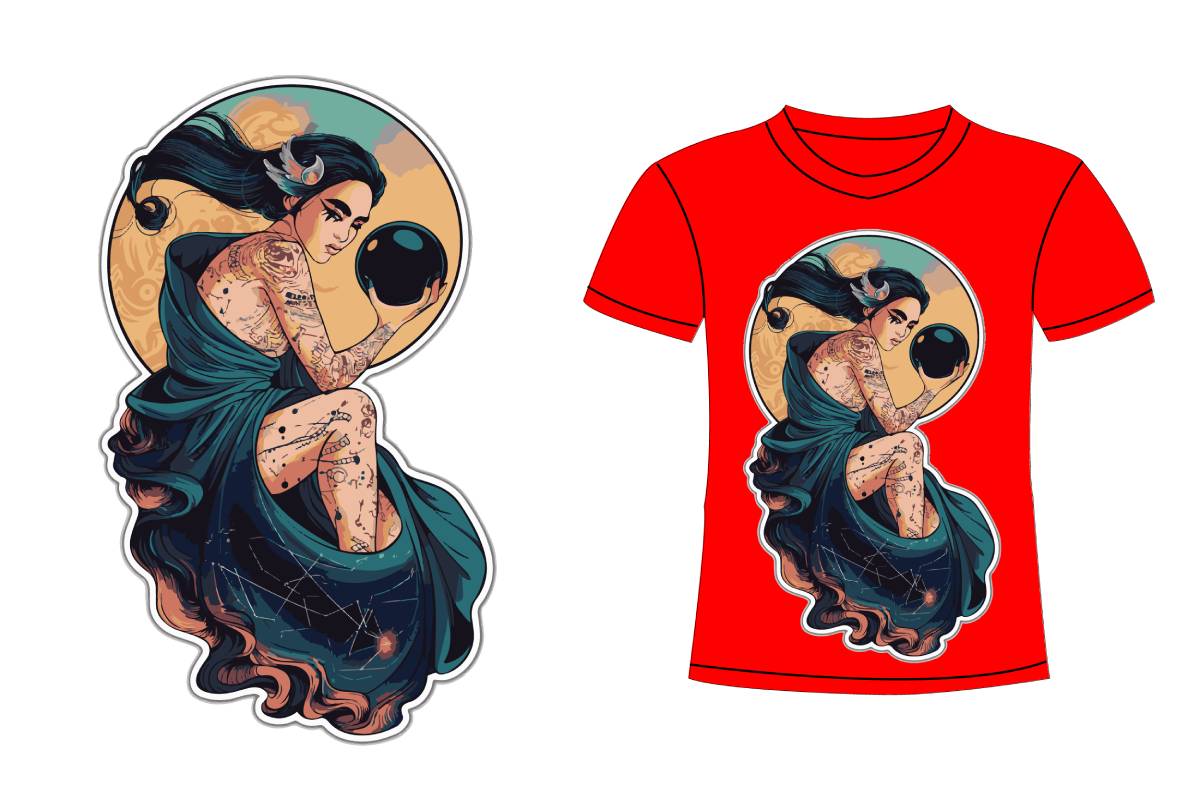
Mastering DTF Transfers for Professional Results
Understanding the Basics of DTF Transfers
To achieve professional-quality prints, it is essential to understand how DTF transfers work. Unlike other methods, DTF transfer technology prints directly onto a special film, which is then adhered to fabric using heat and adhesive powder. This method ensures high-resolution prints with vibrant colors and strong durability.
Choosing the Right Materials for DTF Transfers
The quality of materials plays a crucial role in the final output of DTF transfers. Using high-quality ink, premium transfer film, and superior adhesive powder ensures better adhesion and color retention. By selecting the best materials, DTF transfer prints remain vibrant and resistant to fading or peeling over time.
Optimizing Printer Settings for DTF Transfers
Proper printer settings significantly impact the clarity and color vibrancy of DTF transfers. Adjusting ink levels, resolution, and print speed ensures that designs maintain their sharpness and detail. Calibrating the printer correctly for DTF transfer applications prevents smudging, fading, and color inconsistencies.
Applying Heat and Pressure for DTF Transfers
Heat press application is a crucial step in ensuring the success of DTF transfers. The correct temperature, pressure, and pressing duration enhance adhesion and prevent defects like bubbling or lifting. By maintaining proper heat press techniques, DTF transfer prints achieve a smooth, durable finish.
Fabric Preparation for Better DTF Transfers
Before applying a DTF transfer, preparing the fabric properly enhances adhesion. Removing dust, lint, and moisture ensures a cleaner surface for better results. Preheating the fabric helps eliminate wrinkles and improves bonding, resulting in more professional and long-lasting DTF transfer prints.
Post-Application Care for DTF Transfers
Maintaining DTF transfers after application is essential for durability. Washing garments inside out, using mild detergents, and avoiding high heat drying prevents fading and peeling. Proper care techniques help extend the lifespan of DTF transfer designs, keeping them vibrant and intact.
Conclusion
Mastering DTF transfers involves careful material selection, precise printer calibration, and effective heat press application. By following best practices, DTF transfer prints remain vibrant, durable, and visually appealing. Implementing these techniques ensures professional-quality results for apparel customization and bulk printing.
Frequently Asked Questions
-
What is a DTF transfer?
- A DTF transfer is a digital printing method that applies designs onto fabric using specialized film and adhesive powder.
-
How do I improve DTF transfer durability?
- Using high-quality materials, optimizing heat press settings, and following correct washing guidelines enhance longevity.
-
Can DTF transfers be applied to any fabric?
- Yes, DTF transfer technology works on cotton, polyester, blends, and various synthetic fabrics.
-
What temperature should I use for DTF transfers?
- The ideal temperature varies but typically falls between 300-325°F for best adhesion.
-
How do I prevent DTF transfers from peeling?
- Applying even pressure, ensuring proper adhesive coverage, and maintaining optimal heat settings prevent peeling.
-
Are DTF transfers better than screen printing?
- DTF transfers provide more vibrant colors, superior durability, and greater design flexibility compared to screen printing.
-
What is the best way to wash DTF transfer prints?
- Wash in cold water with mild detergent and avoid high heat drying to maintain print quality.
-
How can I prevent ink bleeding in DTF transfers?
- Using high-quality ink, maintaining proper curing, and controlling humidity levels reduce ink bleeding.
-
Can DTF transfers be used for intricate designs?
- Yes, DTF transfers are ideal for detailed, multicolor, and high-resolution designs.
-
Is DTF transfer printing cost-effective?
- Yes, DTF transfer printing eliminates expensive setup fees and minimizes material waste, making it a budget-friendly option.